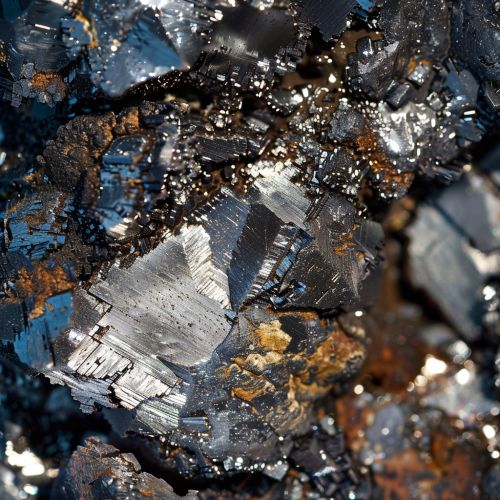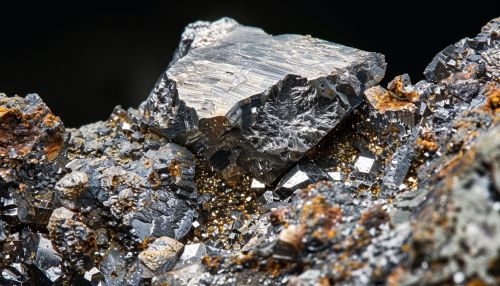Mesosiderite
Introduction
Mesosiderites are a class of stony-iron meteorites, which are characterized by a roughly equal proportion of metallic and silicate components. They are a rare type of meteorite, accounting for less than 1% of all known meteorite specimens. Despite their rarity, mesosiderites provide a unique window into the early history of our Solar System, offering insights into planetary formation and the processes that have shaped planetary bodies over billions of years.


Classification
Mesosiderites are classified into four groups based on their mineralogical and petrological characteristics: Mesosiderite A, Mesosiderite B, Mesosiderite C, and Mesosiderite D. Each group represents a different degree of thermal metamorphism, with Mesosiderite A being the least metamorphosed and Mesosiderite D the most. This classification system helps scientists understand the thermal history of the parent body from which the mesosiderites originated.
Composition
The metallic component of mesosiderites is primarily composed of kamacite and taenite, two different forms of iron-nickel alloy. The silicate component is made up of a variety of minerals, including pyroxene, olivine, and plagioclase, among others. This diverse mineralogy suggests that mesosiderites originated from a parent body that was geologically active, with processes such as partial melting and differentiation occurring.
Origin
The exact origin of mesosiderites is still a matter of scientific debate. One leading hypothesis suggests that they are the result of a catastrophic collision between two differentiated asteroidal bodies. In this scenario, the metallic core of one body was mixed with the silicate mantle and crust of the other, creating the unique stony-iron composition seen in mesosiderites. Other theories propose that mesosiderites formed from a single differentiated body that was disrupted and re-accreted, or from the slow cooling of a magma ocean on a large asteroid.
Scientific Importance
Despite their rarity, mesosiderites are of great scientific interest. Their unique composition provides a snapshot of the early Solar System, offering clues about the processes that led to the formation of planets and other large bodies. Moreover, the isotopic compositions of certain elements in mesosiderites can be used to date the time of their formation, providing a timeline for these early Solar System events.
